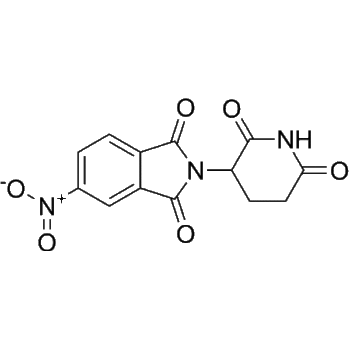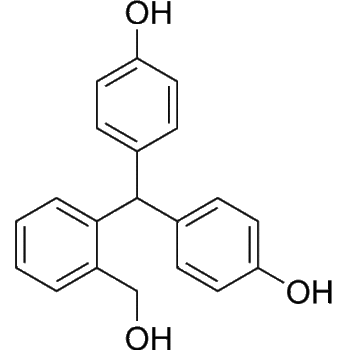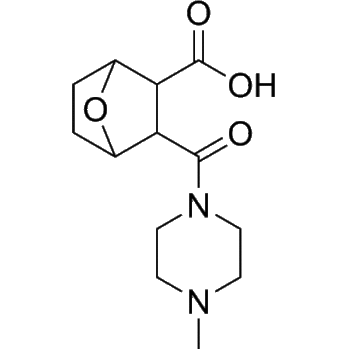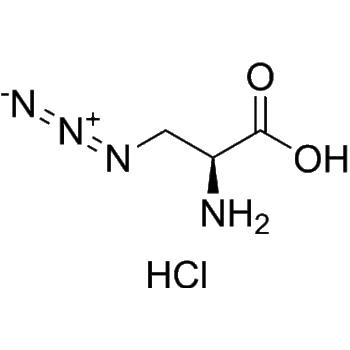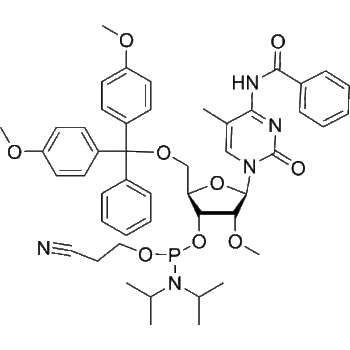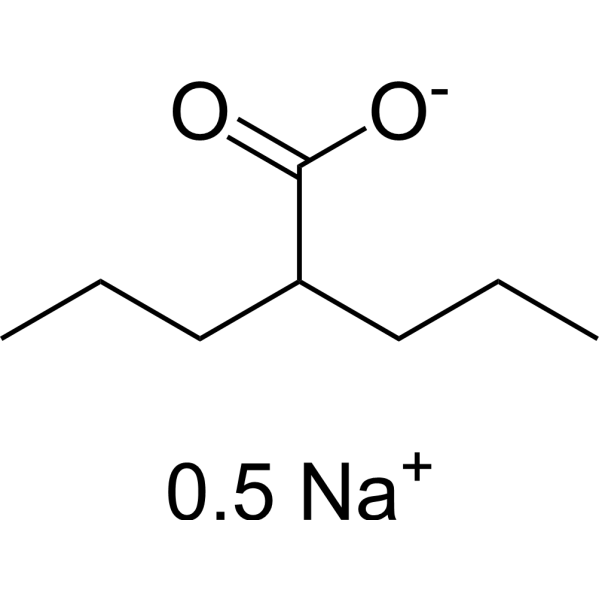
Download Files:
Valproic acid (sodium)(2:1)
SKU
HY-10585B-Get quote
Category Reference compound
Tags Anti-infection;Apoptosis;Autophagy;Cell Cycle/DNA Damage;Epigenetics;Metabolic Enzyme/Protease;Neuronal Signaling;Stem Cell/Wnt, Apoptosis;Autophagy;Endogenous Metabolite;HDAC;HIV;Mitophagy;Notch, Cancer; Infection; Metabolic Disease; Neurological Disease
Products Details
Product Description
– Valproic acid (VPA) sodium (2:1) is an orally active HDAC inhibitor, with IC50 in the range of 0.5 and 2 mM, also inhibits HDAC1 (IC50, 400 μM), and induces proteasomal degradation of HDAC2. Valproic acid sodium (2:1) activates Notch1 signaling and inhibits proliferation in small cell lung cancer (SCLC) cells. Valproic acid sodium (2:1) is used in the treatment of epilepsy, bipolar disorder, metabolic disease, HIV infection and prevention of migraine headaches[1][2][3][4][5][6][7].
Web ID
– HY-10585B
Shipping
– Room temperature
Applications
– Cancer-Kinase/protease
Molecular Formula
– C8H15O2.1/2Na
References
– [1]Han BR, et al. Valproic acid inhibits the growth of HeLa cervical cancer cells via caspase-dependent apoptosis. Oncol Rep. 2013 Dec;30(6):2999-3005.|[2]Valproic acid, et al. Histone deacetylase is a direct target of valproic acid, a potent anticonvulsant, mood stabilizer, and teratogen. J Biol Chem. 2001 Sep 28;276(39):36734-41.|[3]Zhang ZH, et al. Valproic acid inhibits tumor angiogenesis in mice transplanted with Kasumi 1 leukemia cells. Mol Med Rep. 2013 Nov 28.|[4]Cohen OS, et al. Acute prenatal exposure to a moderate dose of valproic acid increases social behavior and alters gene expression in rats. Int J Dev Neurosci. 2013 Dec;31(8):740-50.|[5]Avery LB, et al. Valproic Acid Is a Novel Activator of AMP-Activated Protein Kinase and Decreases Liver Mass, Hepatic Fat Accumulation, and Serum Glucose in Obese Mice. Mol Pharmacol. 2014 Jan;85(1):1-10.|[6]Platta CS, et al. Valproic acid induces Notch1 signaling in small cell lung cancer cells. J Surg Res. 2008 Jul;148(1):31-7.|[7]Routy JP, et al. Valproic acid in association with highly active antiretroviral therapy for reducing systemic HIV-1 reservoirs: results from a multicentre randomized clinical study. HIV Med. 2012 May;13(5):291-6.
CAS Number
– 76584-70-8
Molecular Weight
– 154.71
SMILES
– CCCC(CCC)C([O-])=O.[0.5 Na+]
Clinical Information
– Launched
Research Area
– Cancer; Infection; Metabolic Disease; Neurological Disease
Solubility
– 10 mM in DMSO
Target
– Apoptosis;Autophagy;Endogenous Metabolite;HDAC;HIV;Mitophagy;Notch
Isoform
– HDAC;HDAC1;HDAC2
Pathway
– Anti-infection;Apoptosis;Autophagy;Cell Cycle/DNA Damage;Epigenetics;Metabolic Enzyme/Protease;Neuronal Signaling;Stem Cell/Wnt
Product type
– Reference compound
Disclaimer: All products are for Research use only unless clearly stated otherwise on the product datasheet. Datasheets provided on the website are drafts for reference purpose only and you are requested to always refer to the hard copy included in the kit for your experimentation. Agdia Products are available for delivery only in Canada.
